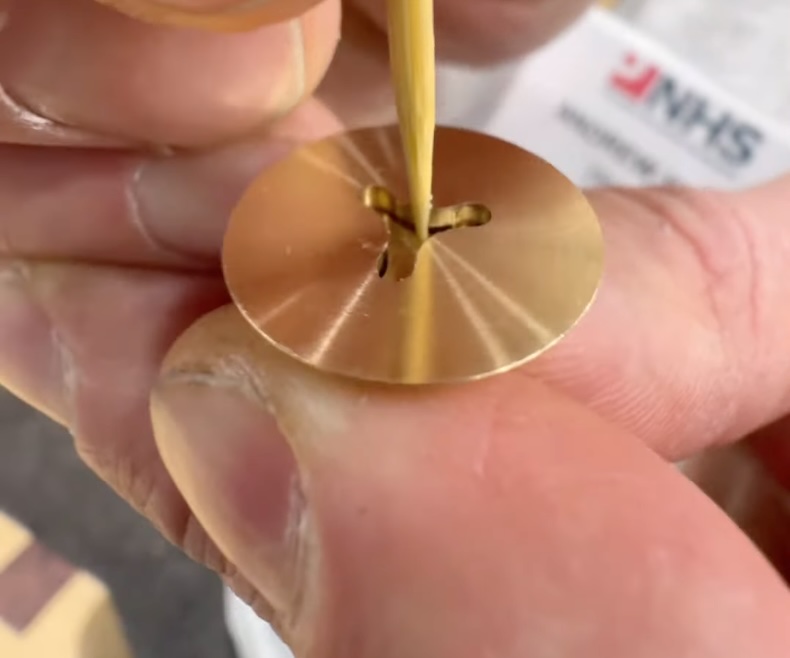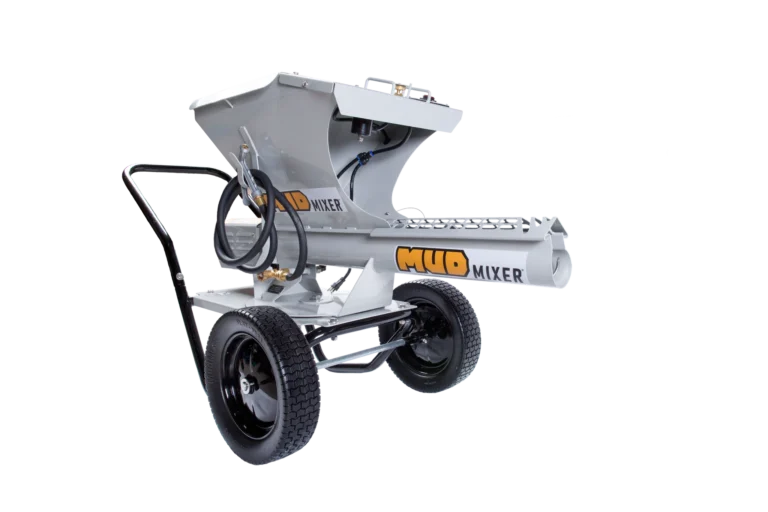At a recent trade show, we came across a hardware innovation that instantly impressed us—the Pika Screw X from In-Kleind. Designed with furniture makers and fine woodworkers in mind, this smart fastener offers a sleek solution to one of the most persistent challenges in woodworking: how to hide screws without compromising on strength or style.
But the Pika Screw X is just one of several great options for achieving clean, professional-looking furniture. Below, we’ll show you what makes the Pika Screw X special—and explore several other time-tested techniques for hiding screws in your builds.
Spotlight: The Pika Screw X
The Pika Screw X is a spring-loaded fastener that conceals its own drive recess. When you press down on the center of the screw head, the notches are revealed so you can drive it like any normal screw. Release it, and the head returns to a smooth, clean surface—no filler, plug, or cap required.
Why it’s a standout:
-
Spring-loaded concealment keeps the screw head clean and flush.
-
Ideal for visible furniture surfaces—no need for plugs or hiding hardware.
-
Strong and reusable, just like a traditional screw.
-
Great for modern, minimalist builds where visible hardware would be a distraction.
Other Proven Methods for Hiding Screws in Furniture
If you’re exploring other ways to keep hardware out of sight, here are some of the most effective techniques used by woodworkers:
1. Countersinking + Wood Filler
A classic method. Screws are sunk below the surface, and the hole is filled with wood filler to create a smooth, flush look.
Best for: Painted or stained furniture where grain matching isn’t critical.
Pro Tip: Use stainable filler for better blending on finished wood.
2. Countersinking + Wood Plugs
Instead of filler, use wood plugs cut from the same species as your project. They can be glued in and trimmed flush.
Best for: Visible wood grain projects where a natural look matters.
Pro Tip: Use a plug cutter and match the grain direction for near-invisible results.
3. Pocket Hole Joinery
Using a pocket hole jig, you drill angled holes into the back or underside of a board and drive screws diagonally into the mating piece. The screw heads are hidden from view.
Best for: Face frames, cabinetry, and joining interior structural parts.
Pro Tip: Use matching wood plugs to conceal pocket holes if they’re ever exposed.
4. Hidden Fastener Systems
There are several commercial fastener systems designed to mount parts without any visible screws—often used in cabinetry or modular furniture.
Examples include:
-
Concealed cam locks
-
Threaded inserts + bolts from below
-
Knock-down connectors
Best for: Furniture that needs to be assembled/disassembled cleanly, like flat-pack builds.
5. Tongue and Groove or Other Joinery Techniques
Ditch the screws altogether! Traditional joinery like tongue-and-groove, mortise-and-tenon, or dowel joints can provide mechanical strength without visible fasteners.
Best for: High-end, heirloom-quality furniture or pieces where authenticity matters.
Pro Tip: Combine glue and joinery for added strength without any hardware at all.
6. Decorative Screws or Caps
Sometimes, hiding isn’t necessary. With the right finish and hardware, you can turn screws into a design feature using decorative washers, bolts, or screw caps.
Best for: Industrial or rustic-style furniture.
Pro Tip: Choose brass, black oxide, or stainless steel screws to elevate the look.
Final Thoughts
For furniture makers, hiding screws is often the key to achieving a clean, professional finish. The Pika Screw X brings a whole new level of convenience and innovation to the table—literally—by combining strength and subtlety in one brilliantly designed fastener.
Whether you're using spring-loaded screws, classic joinery, or filler and plugs, choosing the right method depends on your project, style, and priorities. But one thing’s for sure: the days of ugly, exposed screws are numbered.





